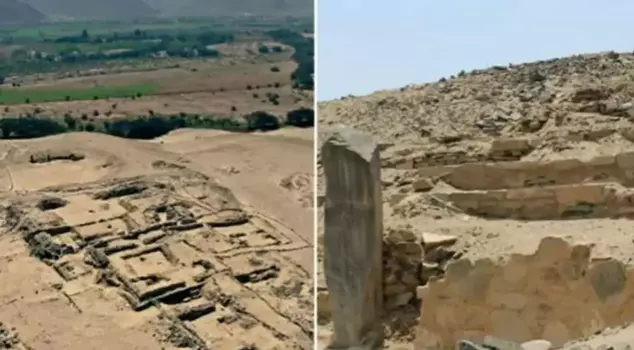
12.02.2025 11:31
Archaeologists in Peru have discovered a thousands-of-years-old pyramid right next to the sacred city of Caral. This significant finding offers new insights into the continent's oldest advanced civilization. The pyramid was found in the Chupacigarro area of the Supe Valley. Archaeologists uncovered this structure, which had been buried underground for years, when they noticed the standing stones known as 'huancas.'
```html
Archaeologists in Peru have discovered a massive pyramid that has been hidden underground for thousands of years, right next to the sacred city of Caral. This significant finding offers new insights into the oldest advanced civilization on the American continent.
The pyramid was uncovered in the Chupacigarro area of the Supe Valley, just one kilometer away from the world-famous ancient city of Caral. Researchers working in the Caral Archaeological Zone found the structure, which had been buried under soil and vegetation for years, when they noticed the upright stones known as "huancas." These stones mark the corners of the building and indicate that the area was used for religious ceremonies.
One of the most interesting discoveries at the excavation site is a giant human head drawing carved into the ground. This impressive artwork measures 62 meters long and 30 meters wide.
What is the significance of the region?
The pyramid is situated by a small stream. This stream provided water to people in ancient times and was also used as a trade route between the inland areas and the coast. Scientists believe this was a neighborhood of Caral. The Caral civilization ruled the region for over a thousand years and had a highly developed social structure.
The Peruvian government hopes that this exciting discovery will greatly contribute to tourism and increase the number of visitors interested in the region's history.
This discovery shows that the oldest advanced civilization on the American continent spread over a much larger area than we thought and was more developed than expected. Archaeologists are continuing their excavation work to unravel the mysteries of the region.
```